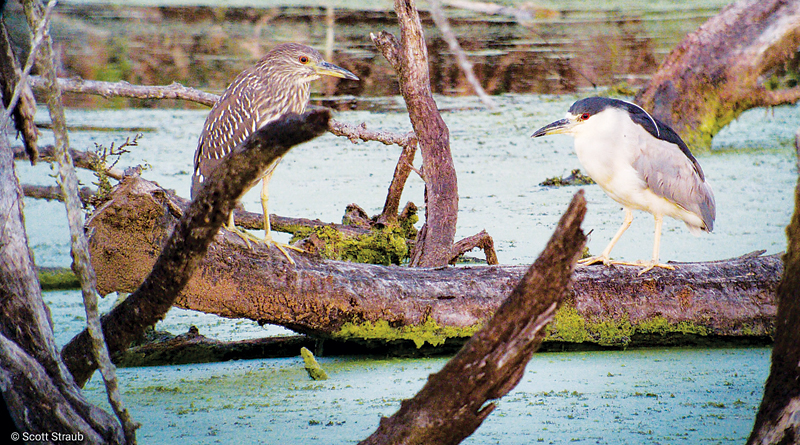RESTORED LOCAL WETLAND TOPS 250 BIRD SPECIES

To many conservationists, the number of bird species seen at a nature preserve represents a measure of its contribution to local ecology. Eagle Marsh, an 831-acre restored wetland at the southwestern edge of Fort Wayne, recently edged past 250 bird species seen, making it one of the most productive natural areas for wildlife in northeast Indiana. Little River Wetlands Project, a local nonprofit land trust, protects Eagle Marsh and continues to work on its restoration.
“When we began restoring Eagle Marsh in 2005, returning it from wet farmland into the wetland that it was originally,” said Little River Wetlands Project Executive Director Amy Silva, “we were hoping that many of the original birds and wildlife would return—and they have, beyond our wildest dreams. Eagle Marsh has also become a key stopover or summer breeding habitat for many migrating birds.”
Bird sightings at Eagle Marsh are tracked by Ed Powers, a member of Stockbridge Audubon. “I started keeping track of bird sightings at Eagle Marsh in 2006, when it was still a cornfield,” said Powers. “At first, I recorded sightings reported on the Indiana birding listserve IN-BIRD, what people told me, and my own observations, but now I mostly rely on Cornell Lab of Ornithology’s eBird reporting system.”
The 249th bird species, a pair of bobwhites, were spotted by Mark Derloshon on July 14. On September 13, an olive-sided flycatcher was sighted by Jon Jenkins, making it the 250th bird species seen at Eagle Marsh. Powers finds it hard to name a favorite bird, and sometimes just says “the next one.” Some rarities that Powers has seen at Eagle Marsh are eared grebe, king rail, and lesser black-backed gull, among others. However, he notes that some of the most interesting or attractive birds are among the most common. “I have a fondness for swallows, especially barn swallows, for their agility in flight,” he explains. “But by some standards, the coolest may be the wood duck, a striking bird that usually prompts someone to say ‘Wow!’”
A nonprofit land trust, Little River Wetlands Project restores and protects wetlands in the watershed of the Little River, a tributary of the Wabash River. LRWP’s project area encompasses more than 140,000 acres in Allen and Huntington Counties, Indiana. The organization manages several preserves, including Eagle Marsh, the largest inland urban wetland restoration in the U.S.
- Celebrating 20 Years Of Community At The Stand - April 12, 2024
- First Positive Case Of Chronic Wasting Disease In Indiana - April 12, 2024
- Southwest Allen County Schools Embark On Major Tree Plantings - April 12, 2024


